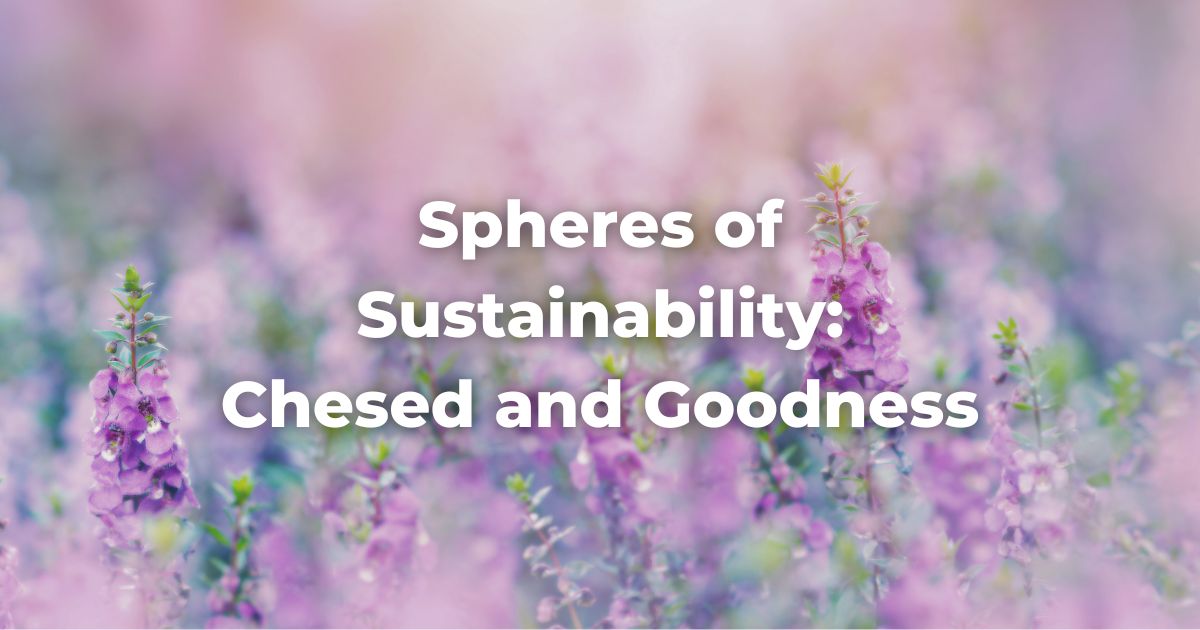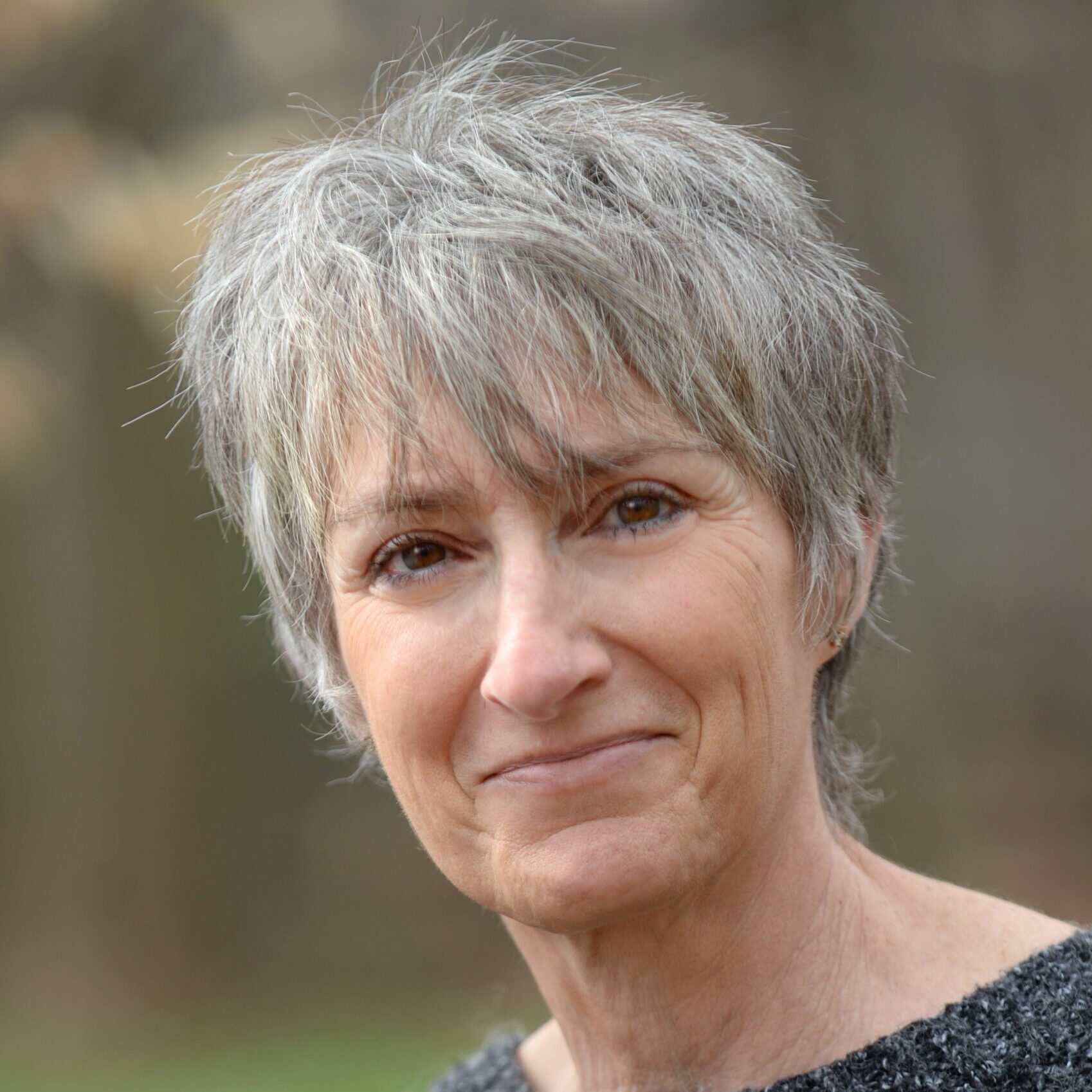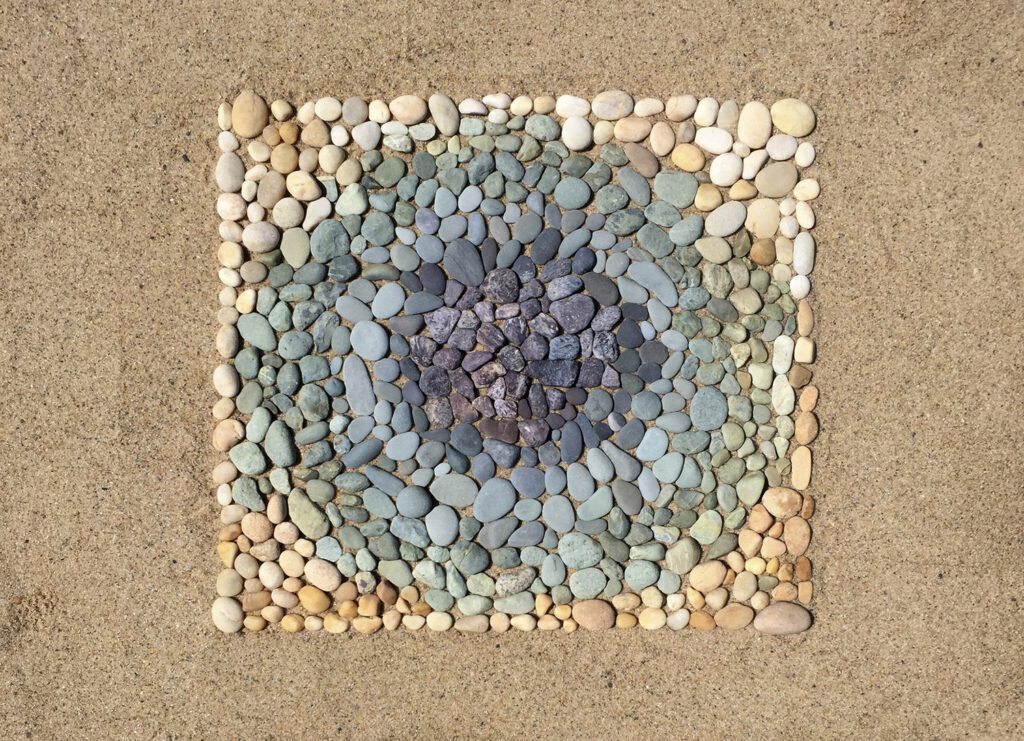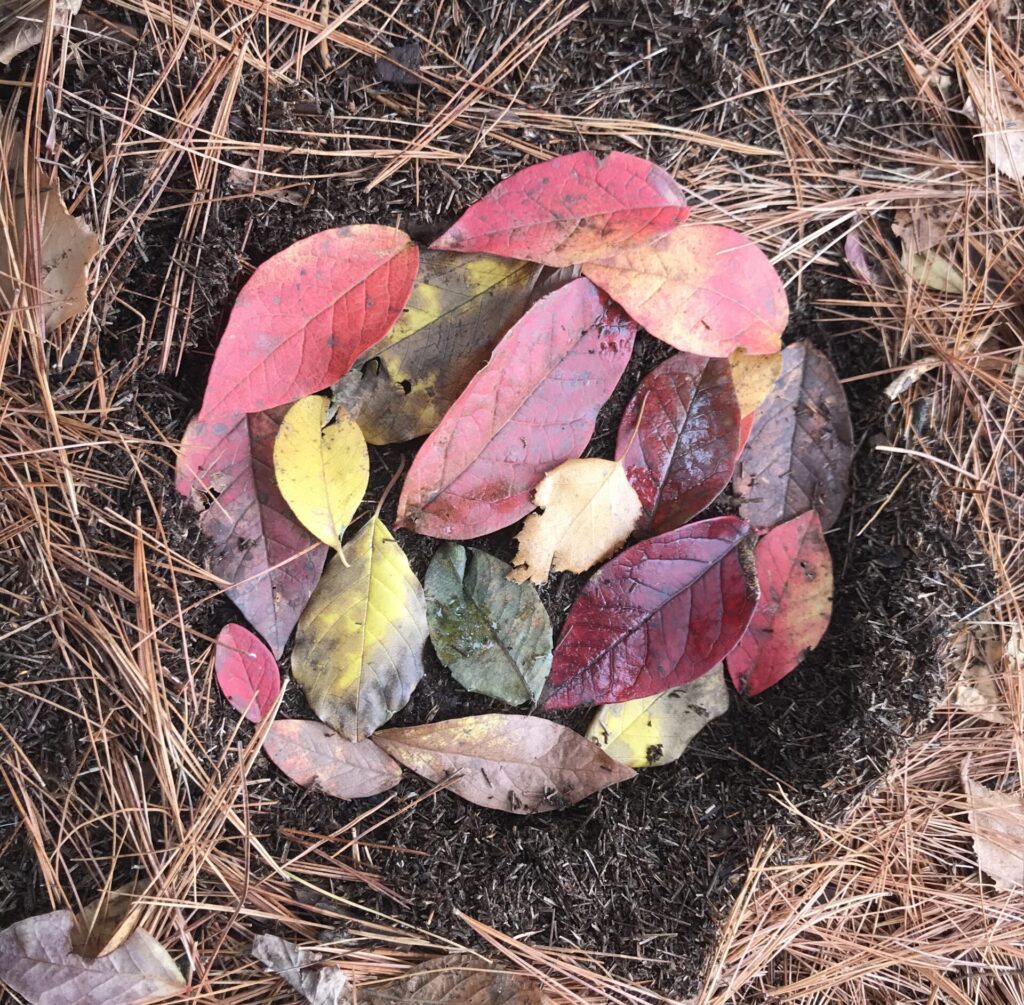Each week during the period of the Omer, the seven weeks between Passover and Shavuot, we can deepen our collective actions for caring for the earth. These teachings are disciplines that speak to the head, heart, and hand, corresponding to the three pillars on which the world stands: TorahRefers to the first five books of the Hebrew Bible, the Tanakh, also called the Five Books of Moses, Pentateuch or the Hebrew equivalent, Humash. This is also called the Written Torah. The term may also refer to teachings that expound on Jewish tradition. Read more (Learning), AvodahOriginally understood as Temple service, but expanded to mean any service to God.
Related to: gemilut hasadim. See Pirkei Avot 1:2 Read more (service), and Gemilut HasadimPerforming acts of kindness (hesed).
Often drawn from Pirkei Avot 1:2, “the world stands upon three things: the Torah, the Temple service (avodah), and the practice of acts of piety (gemilut hasadim).” Read more (lovingkindness) (Pirkei Avot 1:2). Take these words, share them, teach them, adapt them, pursue them. Check out the full series here.
This first week of the Omer is marked by the attribute חֶסֶד, the overflowing abundance of goodness that God continually bestows upon this earth. This is the week that the Israelites start their trek from Egypt to Sinai.
Newly freed, they are in awe of the wonders that God wielded through nature—for both blessing and curse. Week One is therefore dedicated to pausing, witnessing, and standing humbly before the grandeur of God’s world.
Head
Our psalms and liturgy teem with works celebrating the beauty and wonder of nature wrought by God.
Our daily, weekly, and seasonal prayers all speak to nature’s glory under God’s beneficent hand. Yet few surpass the simple elegance of the blessing that opens our morning prayers. This week, as you read the words below, imagine the authors of this text, the sunrises they saw, and how they were moved by God’s gift of the resurgent, ever-insistent renewal of life to craft these words. These words have been placed in our daily morning liturgy.
הַמֵּאִיר לָאָֽרֶץ וְלַדָּרִים עָלֶֽיהָ בְּרַחֲמִים וּבְטוּבוֹ מְחַדֵּשׁ בְּכָל־יוֹם תָּמִיד מַעֲשֵׂה בְרֵאשִׁית: מָה־רַבּוּ מַעֲשֶׂיךָ ה׳ כֻּלָּם בְּחָכְמָה עָשִׂיתָ מָלְאָה הָאָרֶץ קִנְיָנֶֽךָ: … תִּתְבָּרַךְ ה׳ אֱלֹהֵינוּ עַל־שֶֽׁבַח מַעֲשֵׂה יָדֶֽיךָ וְעַל־מְאֽוֹרֵי אוֹר שֶׁעָשִֽׂיתָ יְפָאֲרֽוּךָ סֶּֽלָה:
Hameir la’aretz v’ladarim ‘aleiha b’rachamim uv’tuvo m’chadesh b’chol yom tamid ma’aseh v’reishit: Mah rabu ma’asecha ADONAI kulam b’chochma ‘asita mal’ah ha’aretz keen’yanecha… Tit’barach ADONAI Eloheinu al shevach ma’aseh yadecha v’al-m’orei or she’asita y’fa’arucha selah.
With kindness, You illumine the earth and all who dwell on it; in Your goodness, You renew creation day after day. How varied are Your works, ADONAI, all fashioned with wisdom; the world in its entirety is Your dominion. … You are to be praised, ADONAI our God, for the wondrous work of Your hands, and for the radiant lights that You fashioned, reflecting Your glory always.
Heart
On the Shabbat that falls during the week of Passover, it is traditional to read the Song of Songs. This evocative biblical love poem, full of images of bodily and natural beauty, would have been deemed scandalous if it weren’t seen by the rabbis as an allegory of the love between God and the Jewish people.
One read-through a year hardly seems enough to appreciate the power of this enchanting book. Some traditions urge the reading of the Song of Songs every Friday afternoon, in preparation for receiving the Sabbath bride.
Sometime during this first week of the Omer, in this time of ChesedThere is no perfect translation, but is generally defined as “loving-kindness.” When we act with Hesed, we are doing Gemilut Hasadim. Also spelled: chesed Read more, choose a quiet moment, find a special place (a favorite chair, a spot of grass, an open field, the shade of a tree) to read a few verses of the Song of Songs, bringing to life this vision of eternal, youthful, passionate love evident in the beauty of nature all around us, if we but know how to look.
Click here to find a full copy of the Song of Songs.
Hand
Creating art from the artifacts of nature is a tactile way to engage with Earth’s beauty.
To do it in the spring binds us to Earth’s annual parade of renewal. We are buoyed by longer days and the promise of life’s vigor once again fulfilled. Working with the very stuff that nature puts forth sharpens our appreciation of the world around us.
Take a walk around your home, your block, a local park, or garden.
Gather elements of nature’s bounty: twigs, berries, leaves that have fallen, stones, and rocks. Clear a spot on the ground to serve as your canvas and arrange your findings as you see fit. There is no right or wrong; no good or bad. There are no grades—just your engagement with the bounty of the land and this expression of love that you offer in return.
Author
-

Rabbi Nina Beth Cardin is the Chair of the Sustainability Committee of the Social Justice Commission of the Masorti Movement and the co-author (with her husband, Rabbi Avram Israel Reisner) of the Conservative Movement's teshuvah on sustainability. She has worked in the field of environmental advocacy for over twenty years, most recently promoting environmental human rights and intergenerational environmental equity for all.
View all posts








